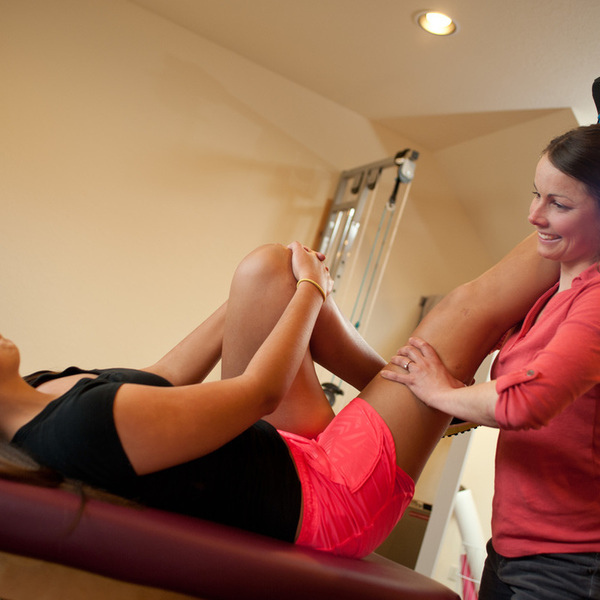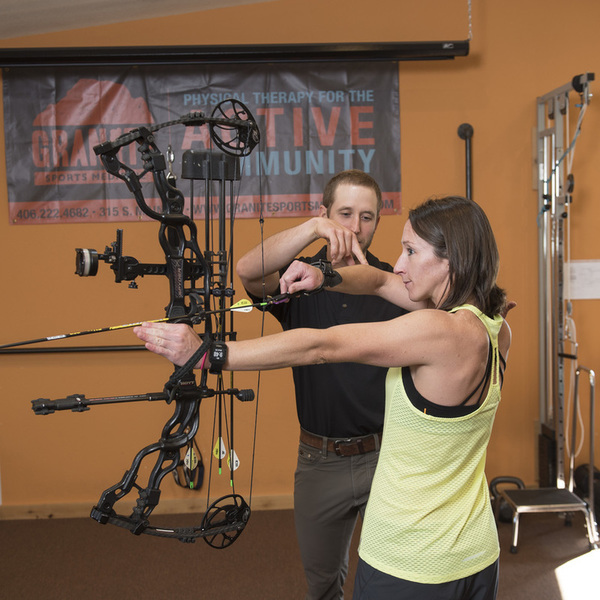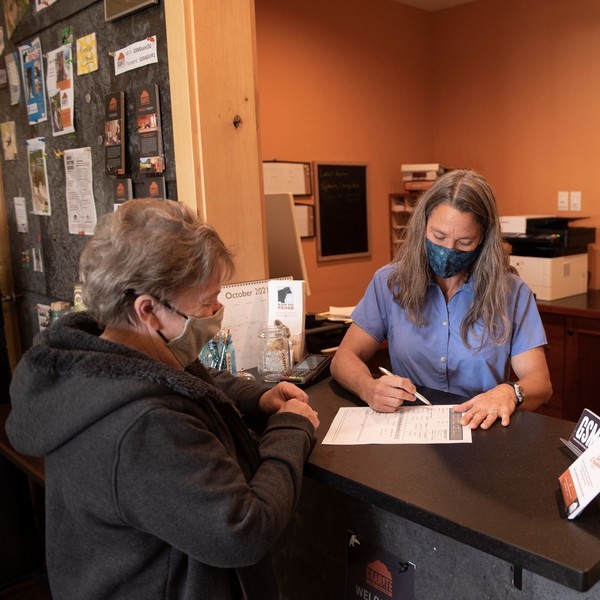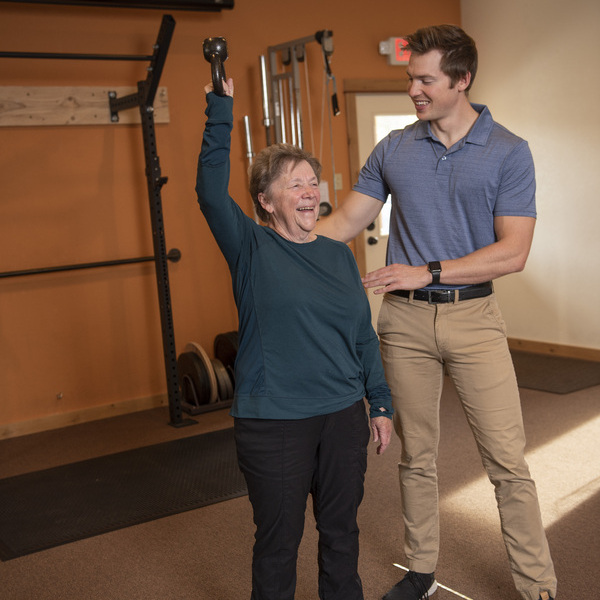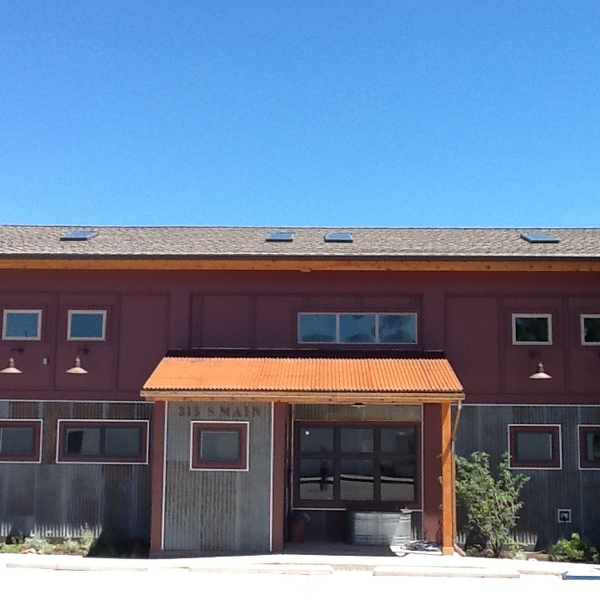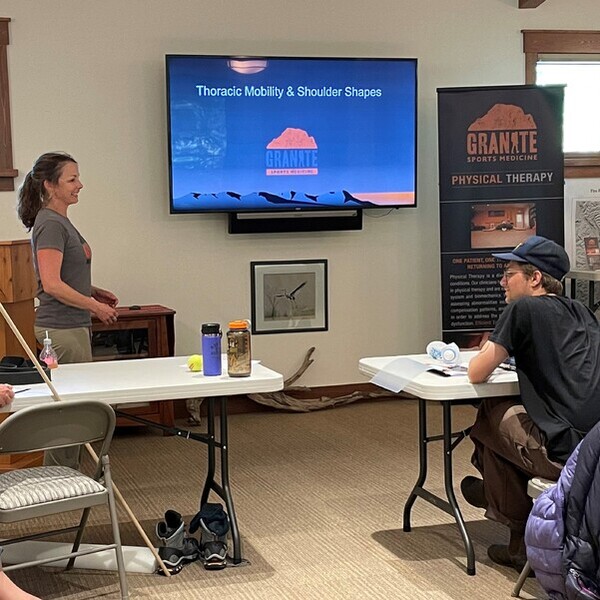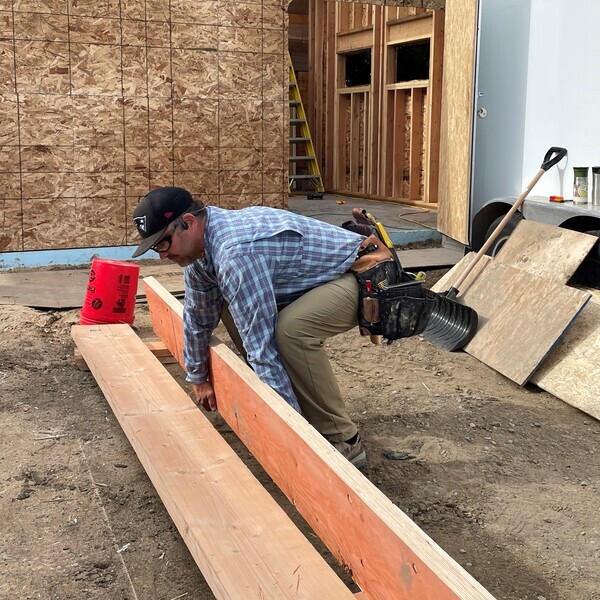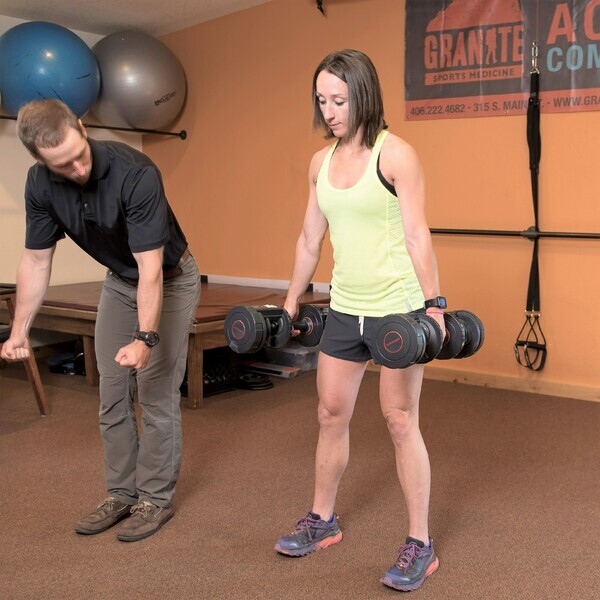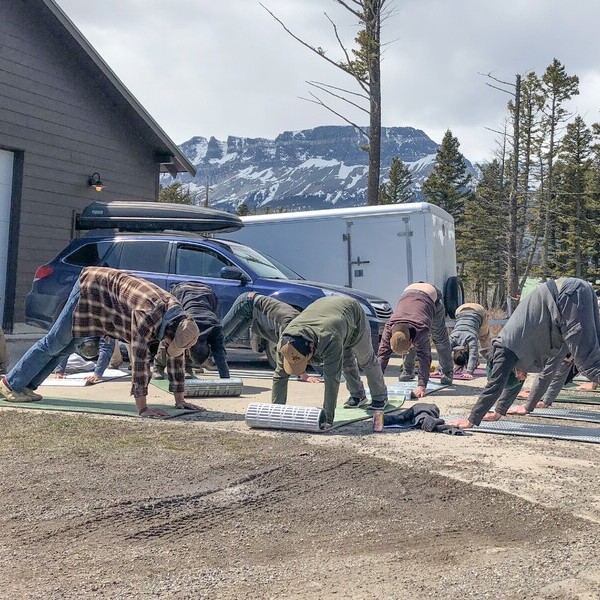One comment I regularly hear from clients is, “why didn’t I do this sooner?” These days with hordes of information (and misinformation) at our fingertips, navigating a pregnancy can be overwhelming. As a pelvic floor therapist who is currently pregnant, I want to get the word out about the importance of pelvic floor therapy (PFT) before, during and after your pregnancy. Can I exercise during pregnancy? How can I prepare for labor? What if I need to have a c-section? When can I start having sex? Pregnant moms and partners have so many questions. I love working with seasoned moms, new moms and moms-to-be, answering questions and making individualized plans for all stages of pregnancy, postpartum and beyond.
You don’t need to have pain or dysfunction to come to PFPT! While pelvic therapy can help with pain and dysfunction that can come with pregnancy and post-partum, that is not the only reason to do pelvic therapy while pregnant, and PFPT can even prevent many of those aches, pains, and anxieties. Labor and delivery can be one of the most challenging experiences of a woman’s life and you wouldn’t go run a marathon without training for it, would you? It is so important to keep moving to prepare yourself for that incredible day of having your baby and then to be healthy to care for your baby when you are healing from childbirth.
What kind of exercise can I do during pregnancy? What exercise should I not do during pregnancy? These were some of my concerns when I got pregnant. Really the rule of thumb is keep doing what you are used to and if you try and learn something completely new, make sure to get some good education around it. Our bodies are resilient and like routine, if you have gone to that lifting class at the gym for years, you don’t need to give that up when you get pregnant, you just need to recognize the changes that are happening in your body and listen. If you aren’t a regular exerciser, this may be the time you find 20 minutes in your day to walk. Walking is gentle on the body, increases your heart rate, improves circulation, and helps with swelling.
Postpartum is a jam-packed time is a new mom’s life. Your body has changed drastically in the last 9 months, you’ve just “run a marathon” with childbirth, and now you are home in charge of a tiny human! There is a lot going on both emotionally and physically. During this time, I often hear about the expectations people are placing on themselves or having placed on them by others: “I need to lose the pregnancy weight,” “I need to get back in the gym,” “I should be back to work already,” “I need to start running again.” Everyone’s story is different which means everyone’s healing timeline will look different and that is how it should be. It also means that it may be time to create a support team following labor and delivery. This may include a counselor, sex therapist, nutritionist, lactation consultant and pelvic floor specialist. A pelvic floor specialist will evaluate your tissue healing and provide you with an individualized plan of care as well as education related directly to your story to assist you in returning to your favorite activities.
Don’t be stuck saying, “why didn’t I do this sooner!” Let’s navigate your journey together.
-Written by Dr. Alison Shannon-Lier, DPT
 Call 406 222 4682
Call 406 222 4682 Text 406 222 4682
Text 406 222 4682 Get Directions
Get Directions Instagram
Instagram  You Tube
You Tube 
